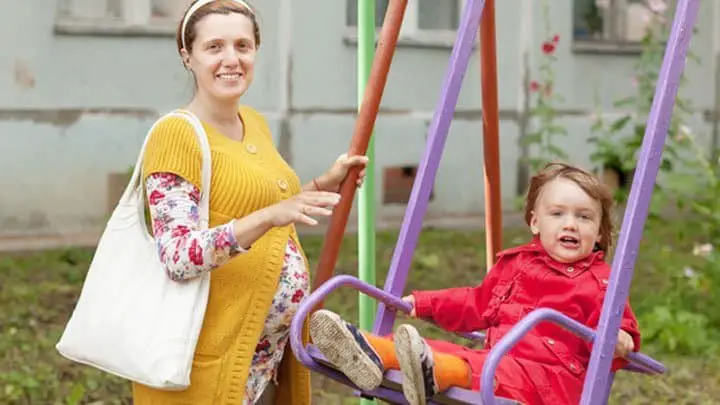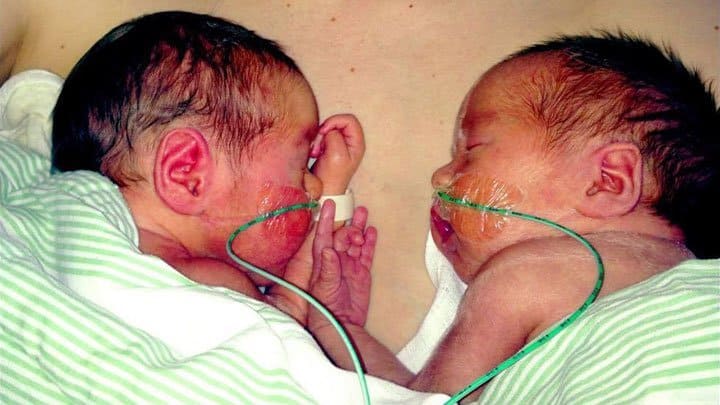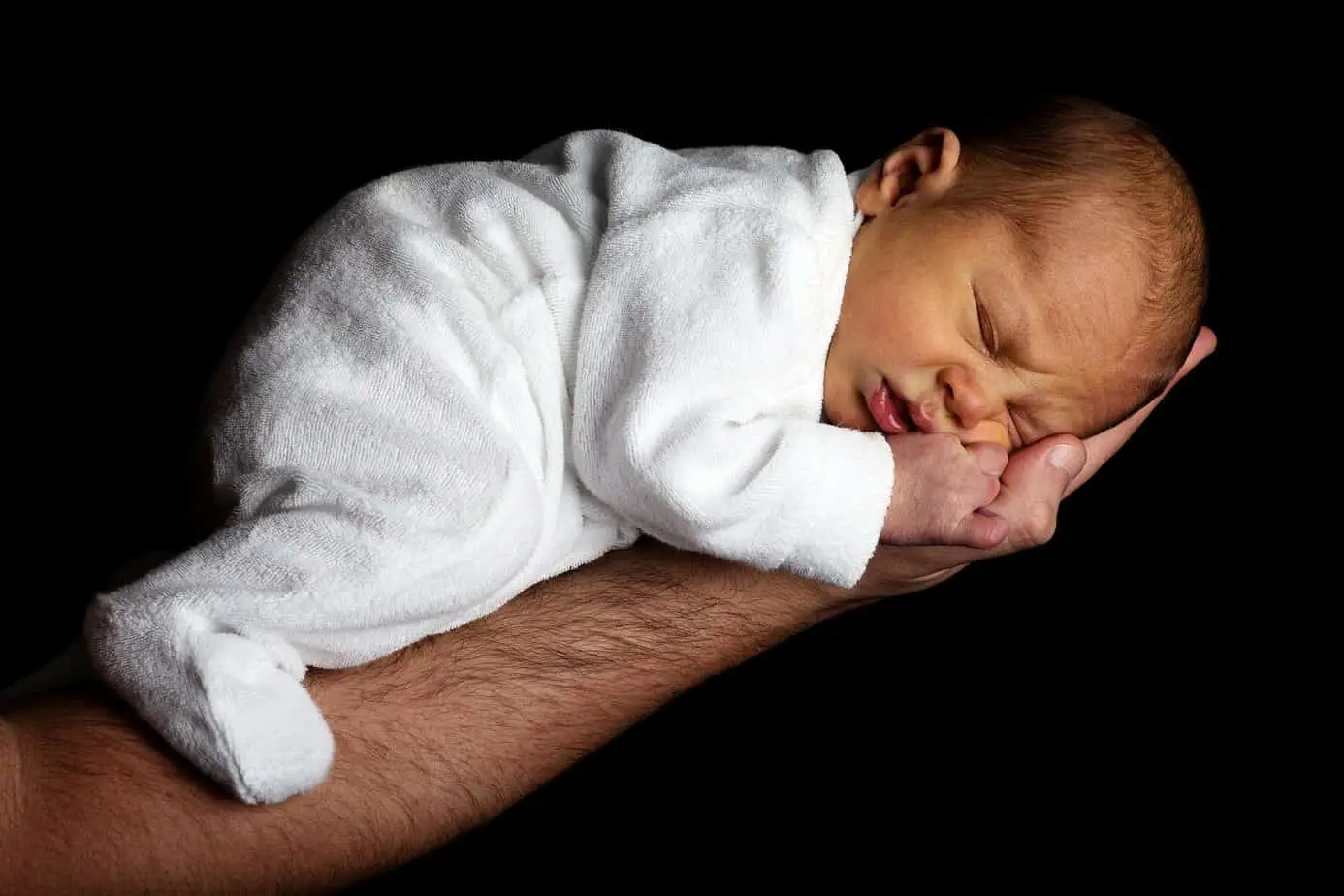Researchers Compare Triplet Pregnancies by Mode of Conception
Researchers from Texas, US., explore triplet pregnancies and assisted reproductive technology. They have assessed whether or not triplets conceived via assisted reproductive technology have an increased risk of an unfavorable outcome in the weeks before, during and after birth compared with spontaneous conception. The results were published in the American Journal of Perinatology in 2018. Triplets, who were delivered at 24 weeks or more, were included in the study.
381 triplets participated in the study
127 women and 381 triplets participated in the study. 89 women conceived via assisted reproductive technology, and 38 women conceived spontaneously. Women, who got pregnant by assisted reproductive technology, were more likely to be older, Caucasian, married and have a higher level of education. They were also more likely to never having given birth to a child and to develop pre-eclampsia. Pre-eclampsia is a disorder of pregnancy characterized by the onset of high blood pressure and often a significant amount of protein in the urine. The researchers compared the two groups to find out whether or not triplets conceived via assisted reproductive technology had an increased risk of an unfavorable outcome.
Spontaneously conceived triplets were born earlier
The researchers looked at the rate of respiratory distress syndrome and periventricular leukomalacia (PVL), a form of brain injury in premature infants. They also looked at the rate of chronic lung disease, pneumonia and necrotizing enterocolitis (NEC), a medical condition where a portion of the bowel dies. They looked at blood infections and retinopathy of prematurity, an eye disease.
The researchers concluded that triplets conceived by assisted reproductive technology had similar outcomes compared with spontaneously conceived triplets. However, spontaneously conceived triplets were more likely to delivery at an earlier gestation with a lower birth weight.














